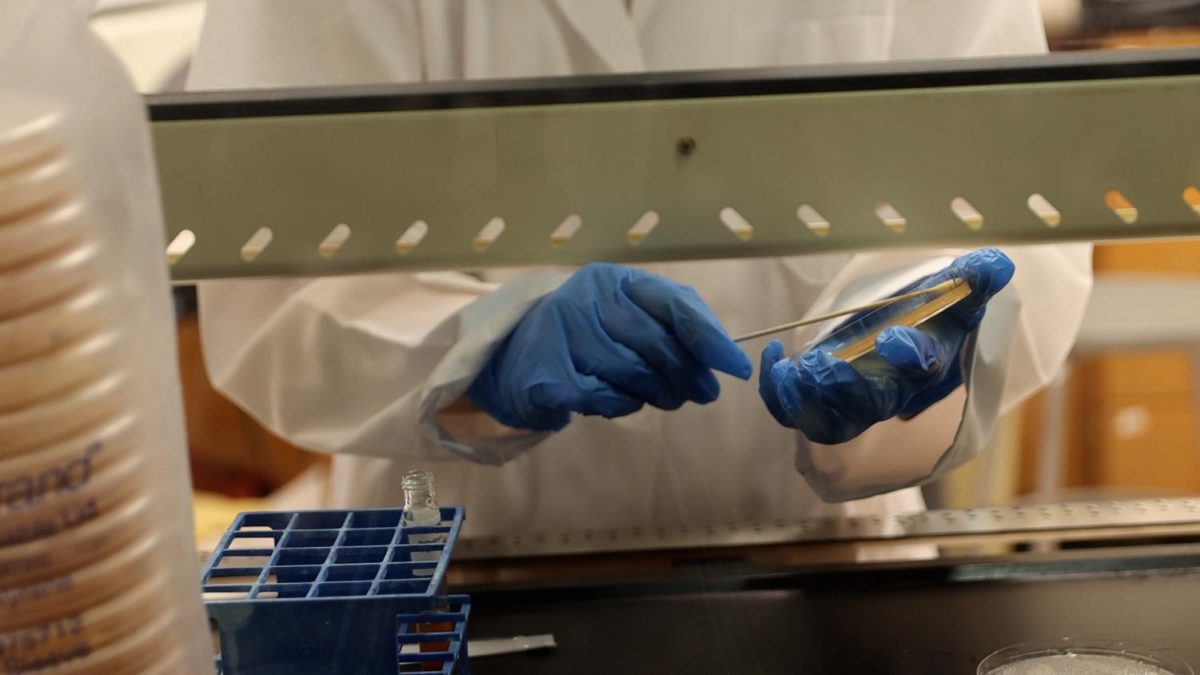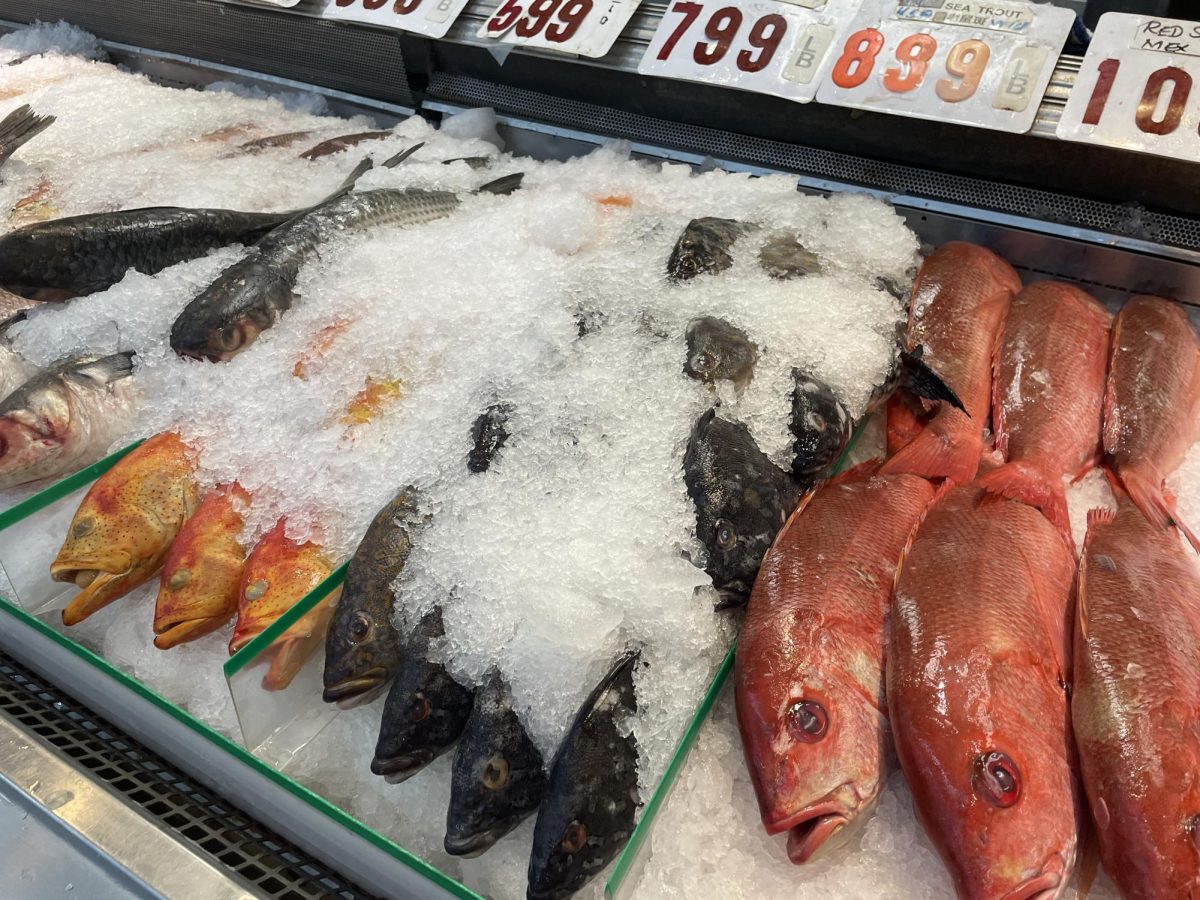The United States Environmental Protection Agency (EPA) has launched an investigation into 6PPD-quinone, a chemical found in tires, following a decline in fish populations believed to be linked to the chemical.
The investigation was launched in response to a petition from local Native American tribes, who rely on California’s fish economy for food and the preservation of their culture.
“Our salmon populations are plunging, and we’ve already lost the spring-run Chinook salmon,” said Quartz Valley Indian Reservation Environmental Director Sarah Schaefer.
6PPD, which, when reacting to ozone in the atmosphere, becomes 6PPD-quinone. Tire run-off from vehicles releases the 6PPD fragments onto roads, which then get swept by rainwater into local rivers where salmon and other fish reside.
“We are working really hard for policy change in regulation,” Schaefer said. “Our salmon, where we live, are being affected by agricultural interests that take water from entire streams and tributaries, causing them to dry up.”
In response to the devastation on tribes, the EPA has sponsored Tribal Partnership Groups and research programs as well as funded over $1 billion towards monitoring stormwater and water contamination. Researchers are also working to find alternatives for 6PPD, according to the US Tire Manufacturers Association.
However, not only does the depletion of salmon populations affect the Native American tribes, but also buyers and sellers alike.
According to the EPA, 6PPD-quinone specifically endangers salmon populations as they are the most susceptible to the deadly toxins.
Jeremy Cheng, a distinguished chef and Bay Area restaurant owner at Suavecito Birria and Tacos and William Jay Catering, has encountered difficulties when purchasing fish for his establishments.
“In the past, in places like Town, salmon was super important as it’s almost the number one offered fish in restaurants,” Cheng said.
As a buyer, Cheng must be up-to-date when sourcing his fish to cook for his customers daily.
“Wild-caught salmon is becoming more scarce and expensive, and the other salmon out there have qualities that vary tremendously,” Cheng said.
According to the California Department of Fish and Wildlife, the Chinook salmon species in California is at risk of reaching dangerously low numbers, so protection in captivity is necessary.
Consequently, Cheng must buy his fish from alternative sources imported from over 6,000 miles away across the Pacific Ocean.
“Unfortunately, I’m not serving a lot of locally caught fish at this time, but that might change. We usually buy Chinook salmon, which is in America, it’s a West Coast species primarily,” Cheng said. “But now we get it imported from New Zealand, and that’s what’s recommended by the Marine Stewardship Council (MSC) and the Monterey Bay Aquarium Seafood Watch.”
Further efforts to combat the issue include preserving endangered fish species by choosing not to purchase these fish in the markets.
“We look for breeds of fish in categories and gravitate to where it’s less of an issue,” Cheng said.
The local scene in the Bay Area for wild fish is pretty sparse, especially in relation to the salmon.
— Jeremy Cheng
Likewise, sellers have been experiencing hardship when sourcing their fish to sell in markets for the past few months.
Joe Zhou, the manager at Marina Food Market in San Mateo, has recently faced a fish shortage.
“Last month, we had a little bit of a problem with the incoming fish from the farms,” Zhou said.
The decline in salmon has affected tribes, buyers, and sellers around the Bay Area, where fish is a staple food that holds varying cultural significance.
“These fish are disappearing very fast, and they play incredibly important ecological roles,” Schaefer said. “I would encourage people to get out and see them, and it’s hard not to be moved when you see what they do.”
This story was originally published on Scot Scoop News on November 15, 2023.

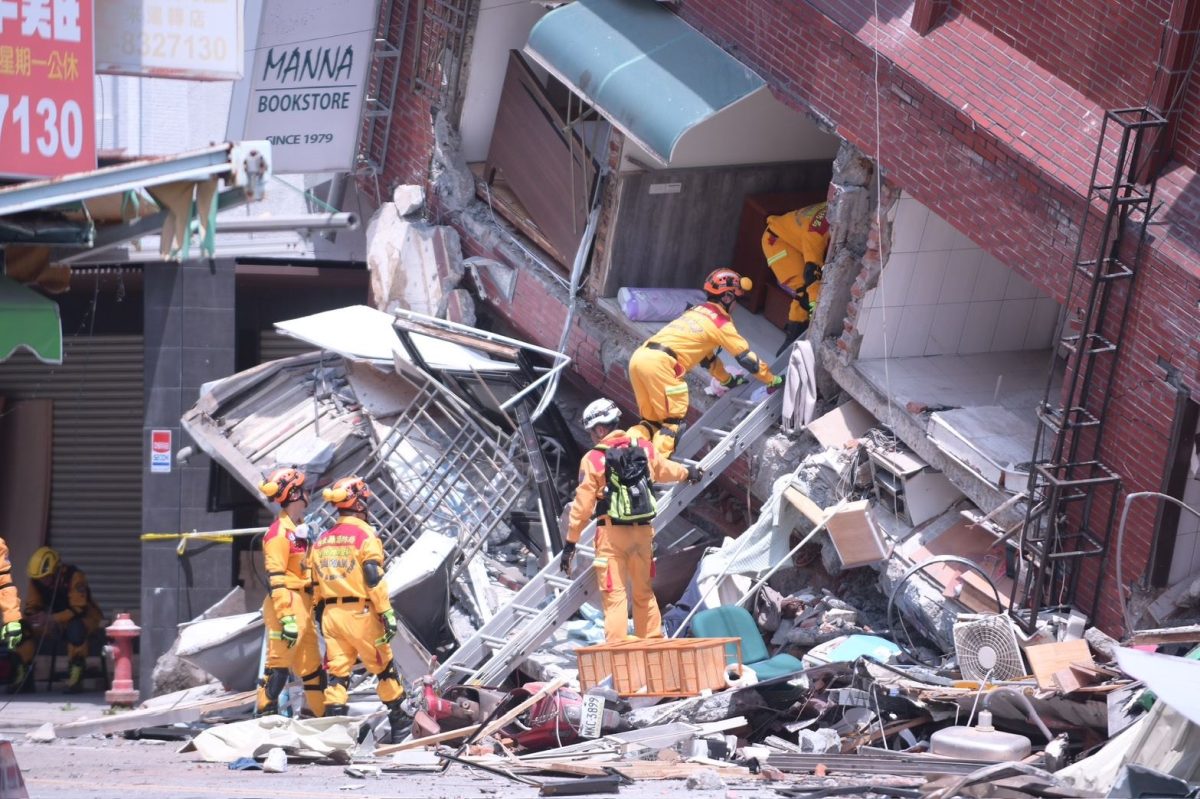



![With the AISD rank and GPA discrepancies, some students had significant changes to their stats. College and career counselor Camille Nix worked with students to appeal their college decisions if they got rejected from schools depending on their previous stats before getting updated. Students worked with Nix to update schools on their new stats in order to fully get their appropriate decisions. “Those who already were accepted [won’t be affected], but it could factor in if a student appeals their initial decision,” Principal Andy Baxa said.](https://bestofsno.com/wp-content/uploads/2024/05/53674616658_18d367e00f_o-1200x676.jpg)






![Junior Mia Milicevic practices her forehand at tennis practice with the WJ girls tennis team. “Sometimes I don’t like [tennis] because you’re alone but most of the time, I do like it for that reason because it really is just you out there. I do experience being part of a team at WJ but in tournaments and when I’m playing outside of school, I like that rush when I win a point because I did it all by myself, Milicevic said. (Courtesy Mia Milicevic)](https://bestofsno.com/wp-content/uploads/2024/06/c54807e1-6ab6-4b0b-9c65-bfa256bc7587.jpg)

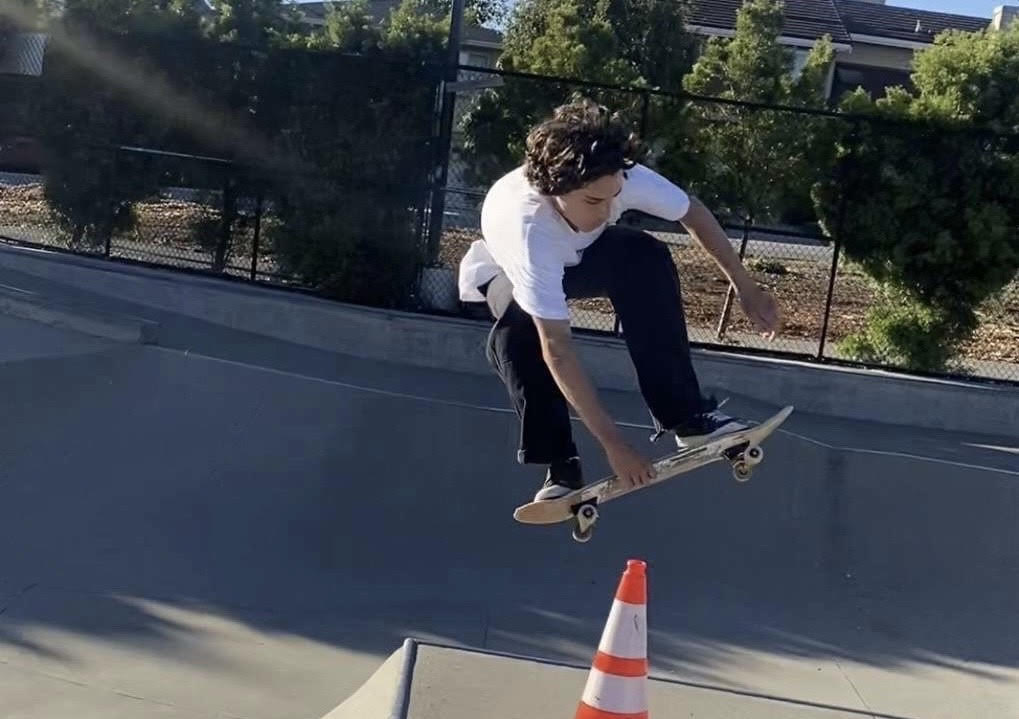

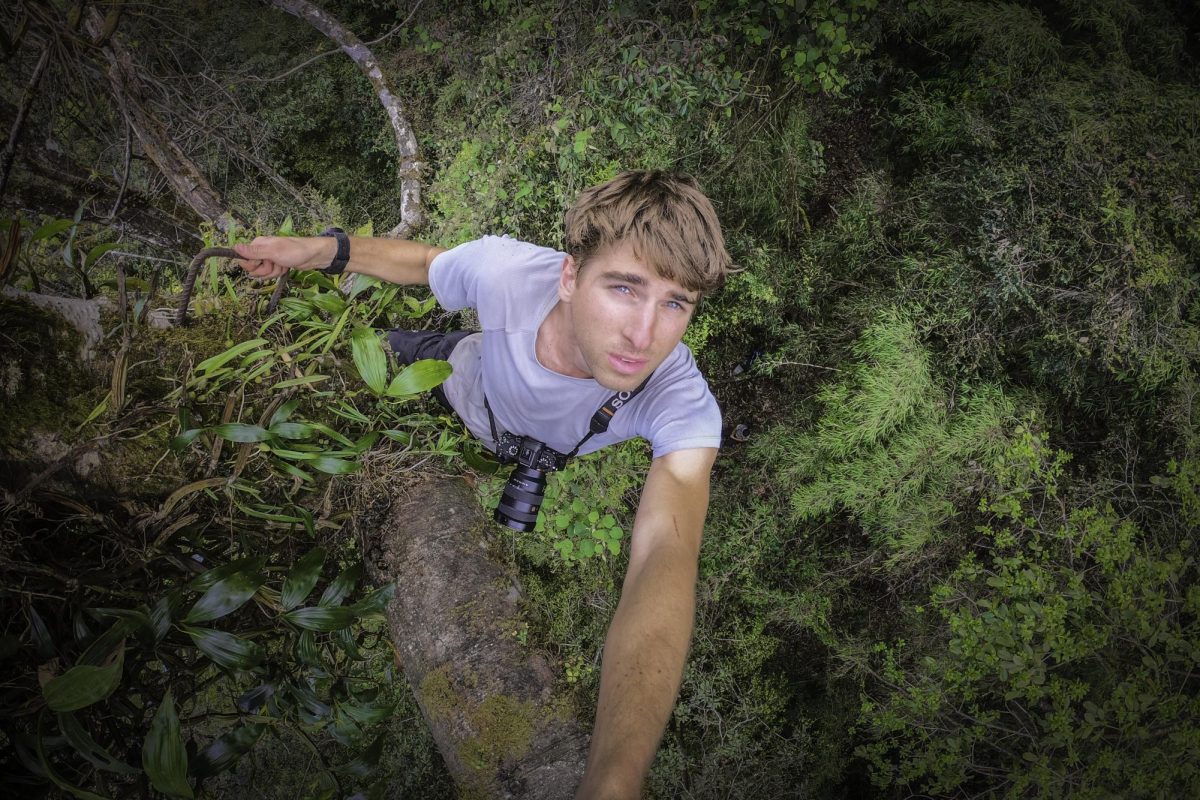

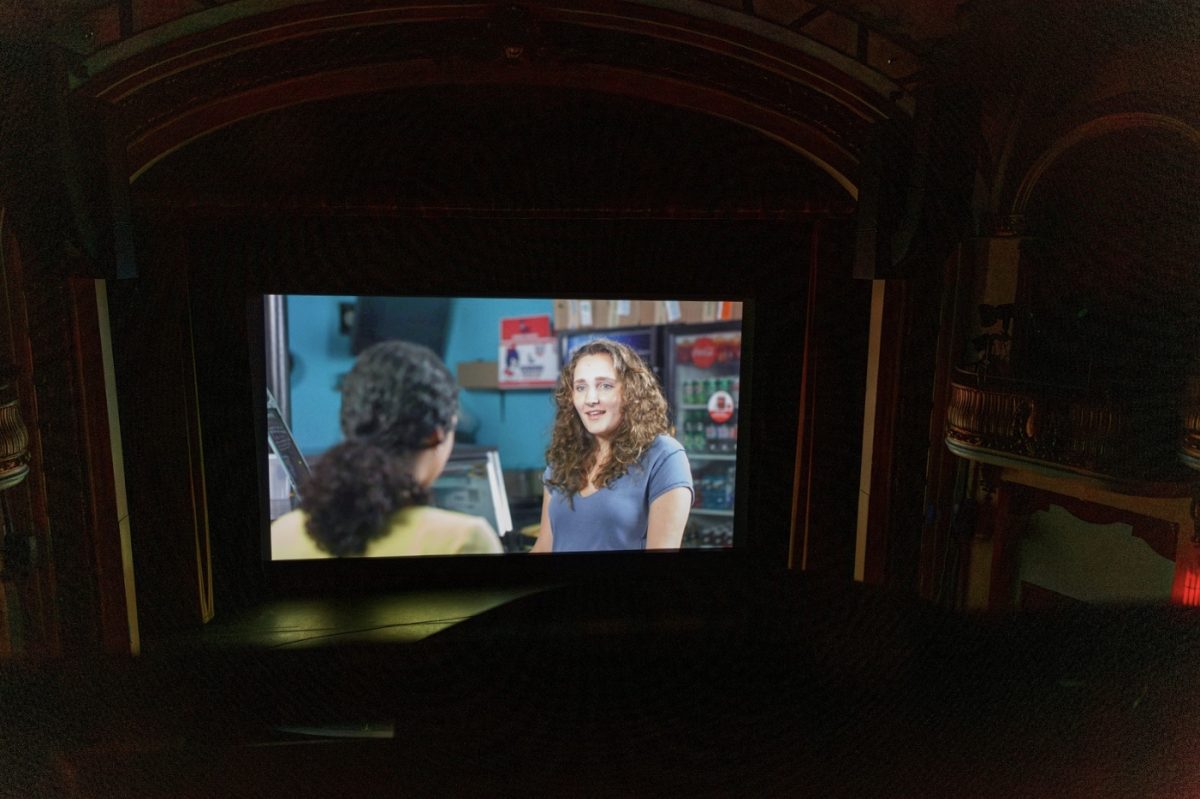

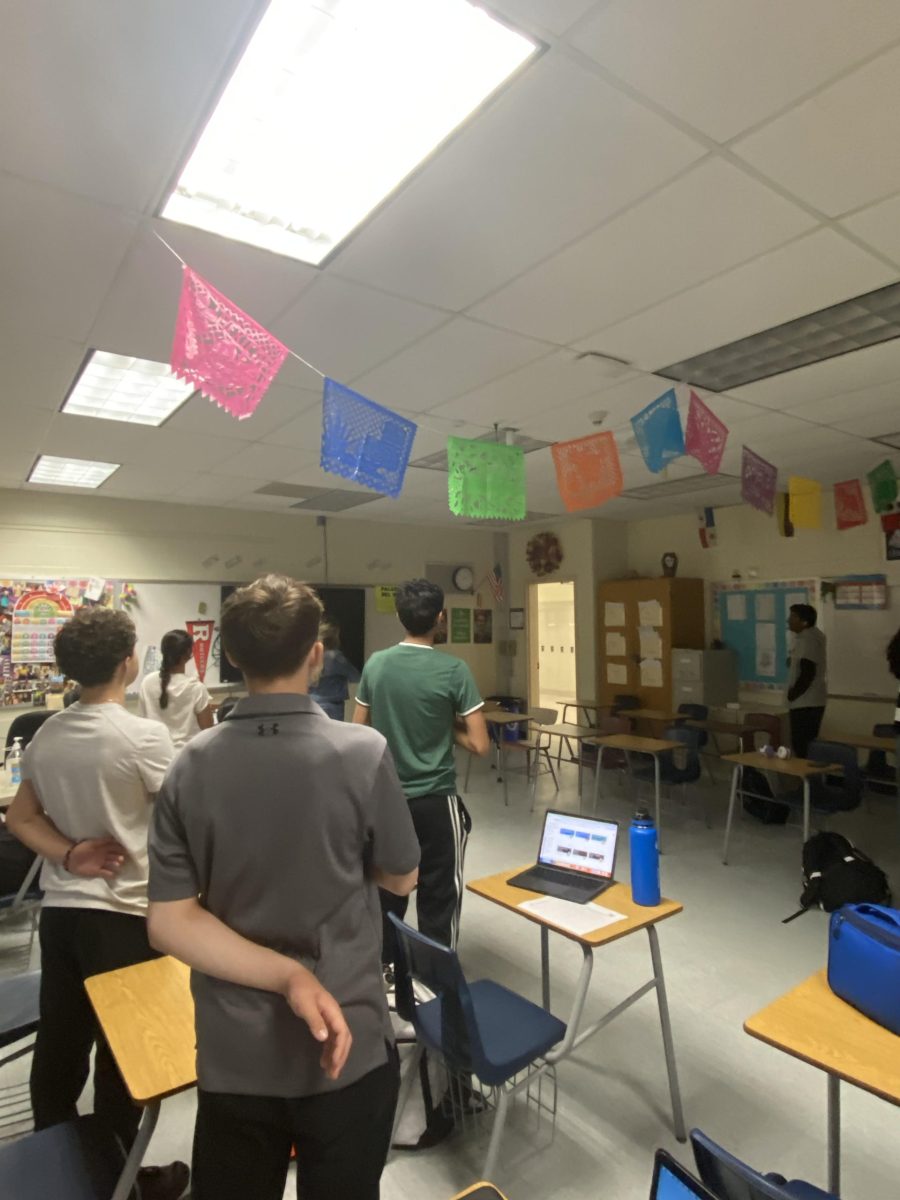
![The Jaguar student section sits down while the girls basketball team plays in the Great Eight game at the Denver Coliseum against Valor Christian High School Feb. 29. Many students who participated in the boys basketball student section prior to the girls basketball game left before half-time. I think it [the student section] plays a huge role because we actually had a decent crowd at a ranch game. I think that was the only time we had like a student section. And the energy was just awesome, varsity pointing and shooting guard Brooke Harding ‘25 said. I dont expect much from them [the Golden Boys] at all. But the fact that they left at the Elite Eight game when they were already there is honestly mind blowing to me.](https://bestofsno.com/wp-content/uploads/2024/05/IMG_7517-e1716250578550-900x1200.jpeg)






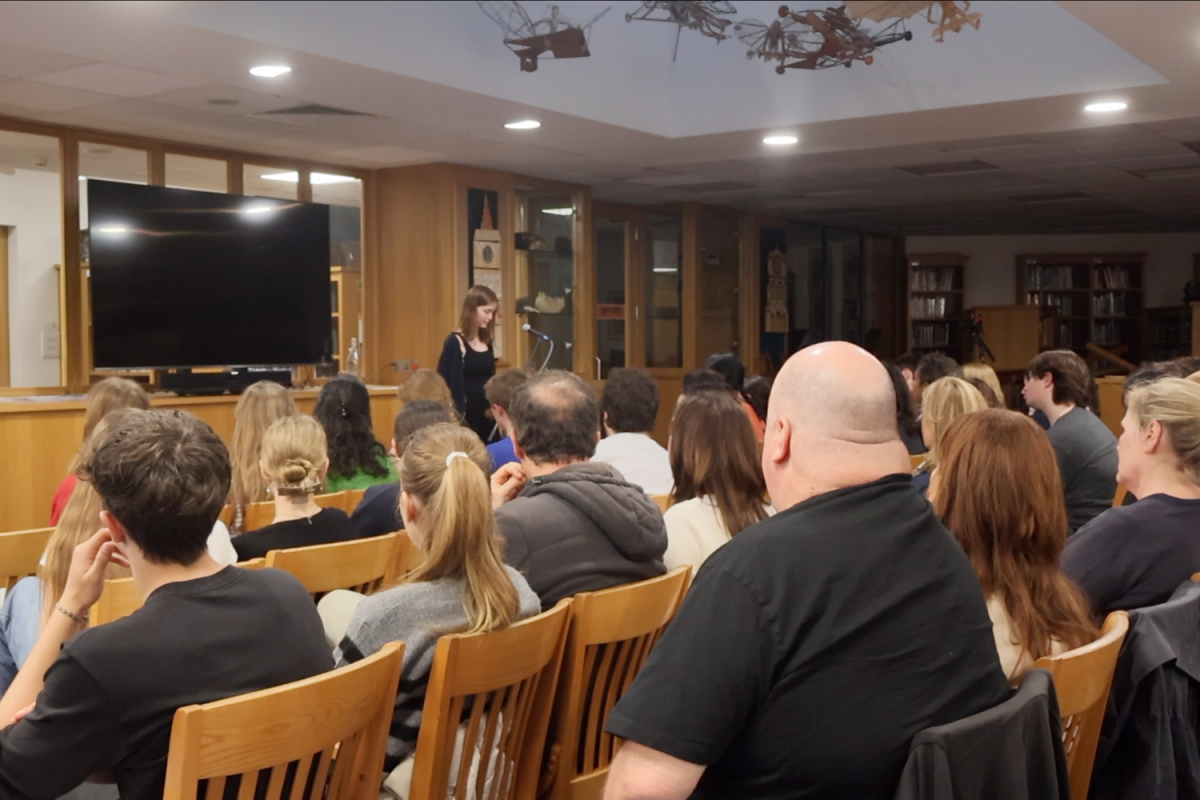


![BACKGROUND IN THE BUSINESS: Dressed by junior designer Kaitlyn Gerrie, senior Chamila Muñoz took to the “Dreamland” runway this past weekend. While it was her first time participating in the McCallum fashion show, Muñoz isn’t new to the modeling world.
I modeled here and there when I was a lot younger, maybe five or six [years old] for some jewelry brands and small businesses, but not much in recent years,” Muñoz said.
Muñoz had hoped to participate in last year’s show but couldn’t due to scheduling conflicts. For her senior year, though, she couldn’t let the opportunity pass her by.
“It’s [modeling] something I haven’t done in a while so I was excited to step out of my comfort zone in a way,” Muñoz said. “I always love trying new things and being able to show off designs of my schoolmates is such an honor.”
The preparation process for the show was hectic, leaving the final reveal of Gerrie’s design until days before the show, but the moment Muñoz tried on the outfit, all the stress for both designer and model melted away.
“I didn’t get to try on my outfit until the day before, but the look on Kaitlyn’s face when she saw what she had worked so hard to make actually on a model was just so special,” Muñoz said. “I know it meant so much to her. But then she handed me a blindfold and told me I’d be walking with it on, so that was pretty wild.”
Caption by Francie Wilhelm.](https://bestofsno.com/wp-content/uploads/2024/05/53535098892_130167352f_o-1200x800.jpg)



